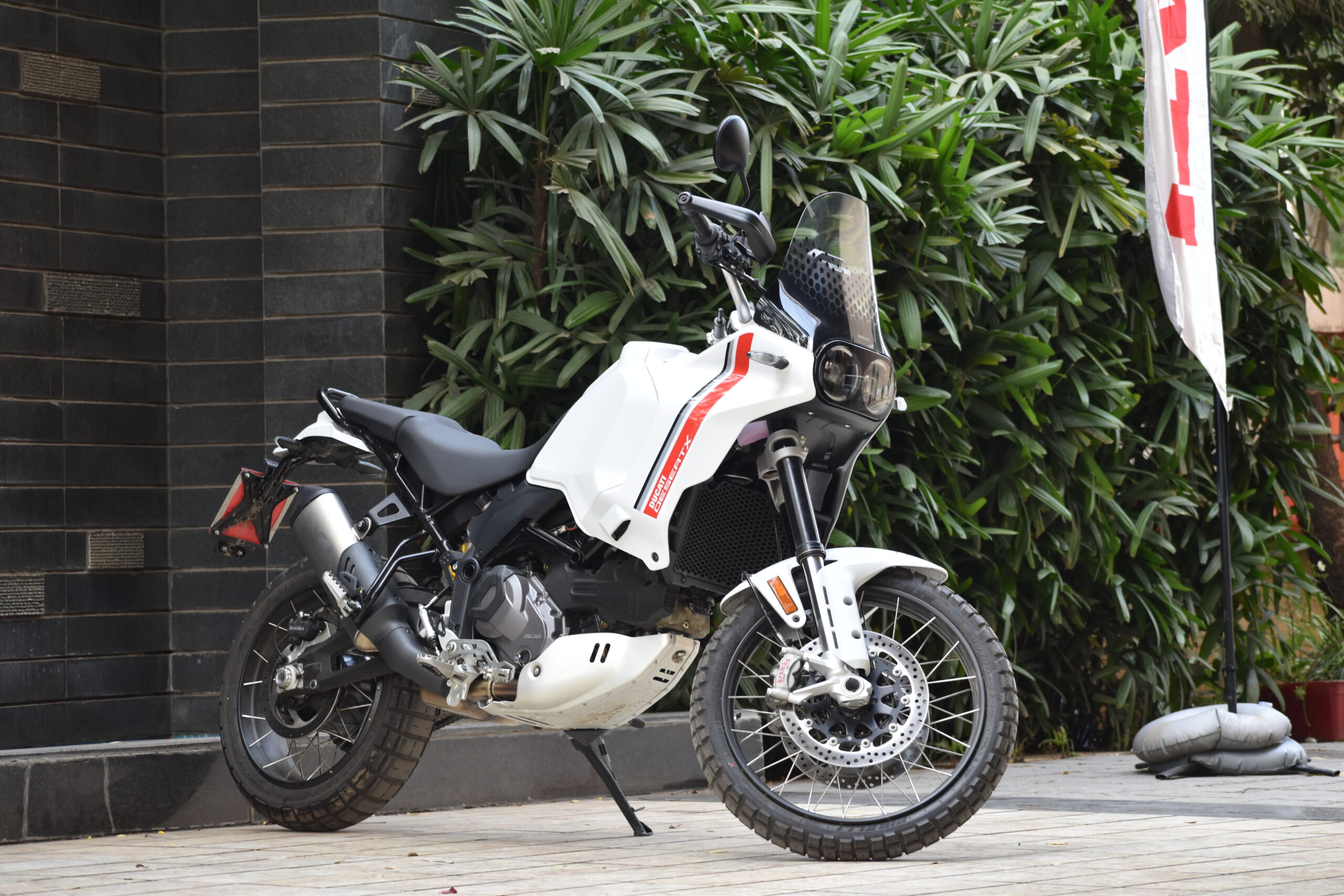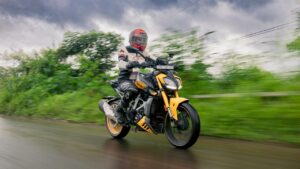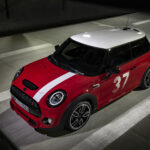The hark back to the Cagiva Elefant of the ’90s is very clear in the DesertX’s overall silhouette, but it’s a design that has contoured & finessed into the future. The twin circular LED headlamps along with the tall (non-adjustable) windscreen make this bike instantly recognizable.

It gets a large 21-litre fuel tank, but unlike most ADVs this tank manages to feel nice & slim where the rider’s knees interface while standing up. The ergonomics of this bike are well judged, whether you’re sitting or standing & a large part of that goes to the smart design with clean surfaces. The rear section is far simpler with the sleek oval LED tail-lamp, which gives the bike a feeling of purpose & ruggedness. Underneath the pretty bodywork is a very traditional trellis frame, no radical new Monster-esque front frame here & the chassis was fully developed in just 2 years.
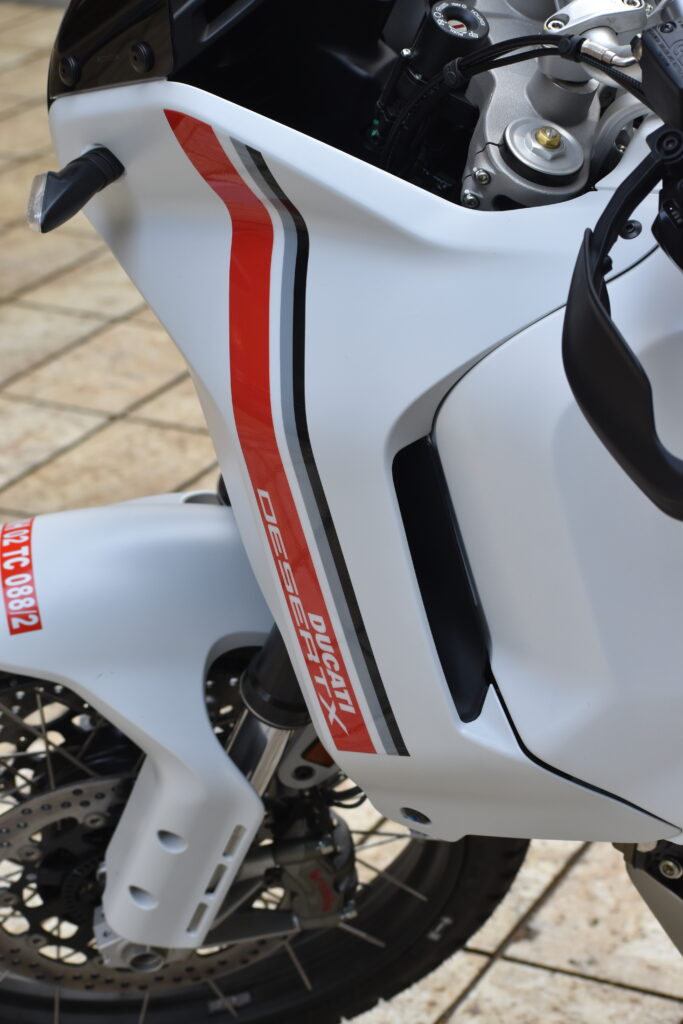
The DesertX has a gigantic wheelbase of 1,608mm which is longer than even the Diavel & only 7mm shorter than the most stretched out Ducati: the xDiavel, though I never felt like this was an excessively long or lazy motorcycle & the number came across as quite a surprise when studying the spec sheet.
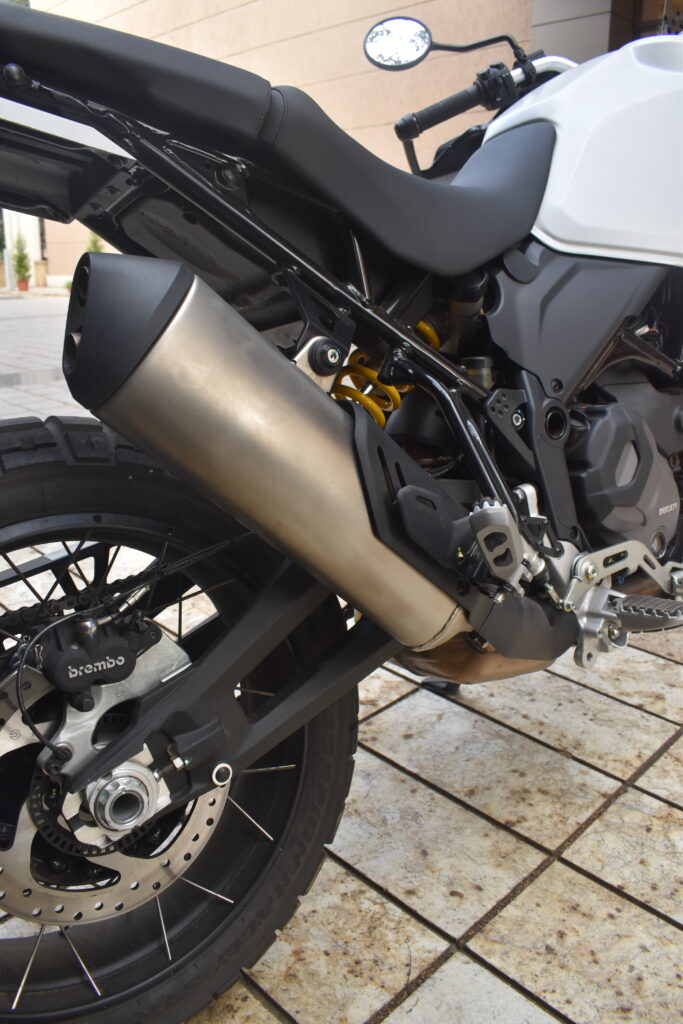
I got a brief amount of time to ride it off-road, where the bike definetely felt tall but at the same time also quite easy to ride & light on its feet, which was enough to tell that with its 21-inch/18-inch wheel sizes, this bike is very capable & good fun off-road. The standing up ergos are spot on, the suspension has heaps of travel 230mm front/220mm rear & then there’s also the massive 250mm of ground clearance.

The few things I could tell was that Pirelli tyres do a good job in dry dirt; the steering feels a little heavy when moving the handlebar from lock to lock at low speeds, as it does on most big ADVs & the seat while being slim, is quite tall; albeit India gets the low seat height option of 865mm as standard.
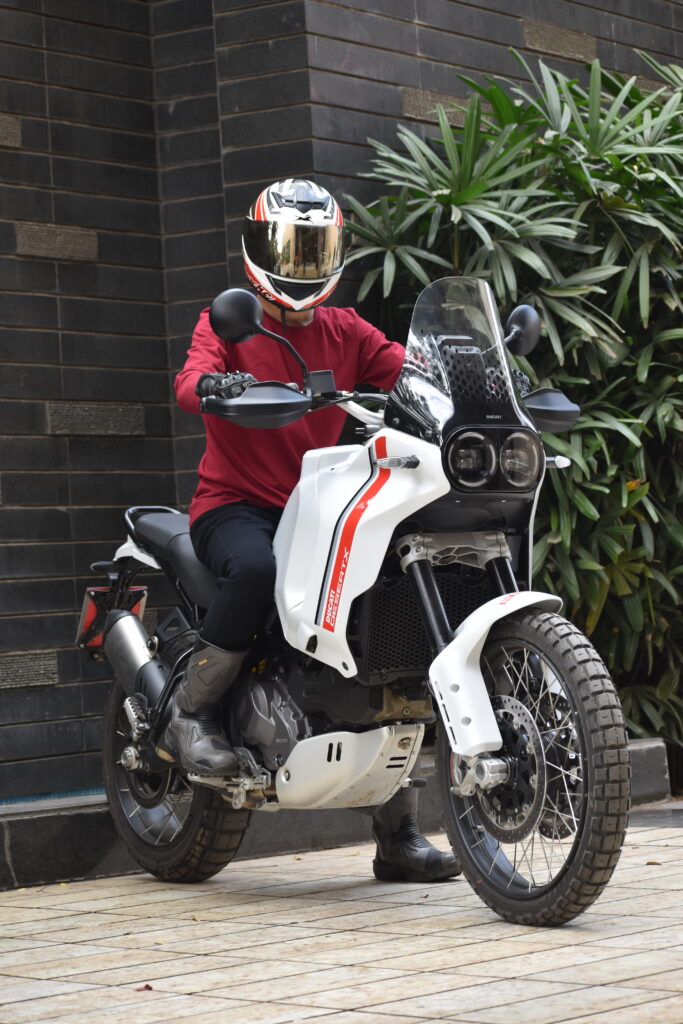
The familiar 937cc L-twin is just like what you’ll get in the SuperSport, Hypermotard, Multistrada V2 & the Monster, although in a different state of tune. With 110hp & 92Nm, its peak figures are in the ballpark of its siblings, but the DesertX’s engine has the most muted & mellow tune of the lot. And just like most Ducatis, this one also throws off quite a lot of heat on the riders’ legs & the hallmark hydraulic clutch is on the heavier side.
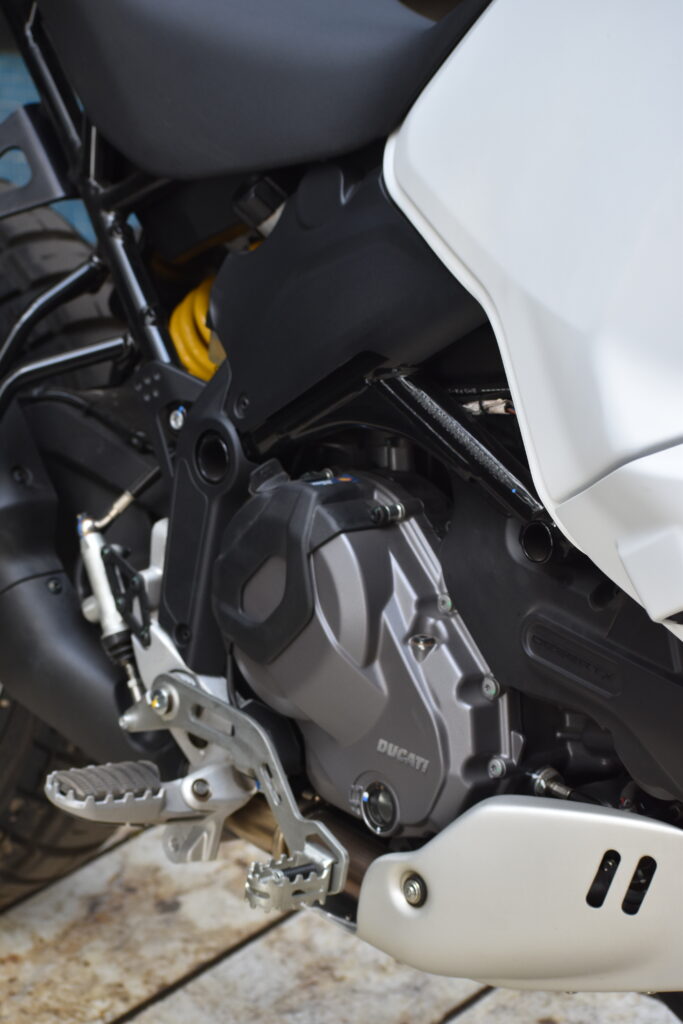
Overall the bike handles very well once you get used to the extensive movement of the long-travel suspension. It turns in quite easily, feels stable when leaned over & even side to side transitions don’t take much effort.
(adsbygoogle = window.adsbygoogle || []).push({});Braking is taken care of by twin Brembo M50 calipers in the front, but mated to a simple axial brake master cylinder. The resulting performance is just like the engine: not at all aggressive, but strong enough when you want it.

The DesertX may be a rugged Ducati, but it’s still a very well equipped one. The sheer number of electronic features & rider assists are very likely the best in the segment. The new vertical TFT display looks nice & gives you control over almost all the same rider assists you’ll find in other Ducatis. It has 6 customisable riding modes, 4 power modes, multi-level traction control, wheelie control, cornering ABS & much more. Not only can you deactivate the rear ABS, but also the front system if you’re brave enough. Further luxuries come in the form of an up/down quickshifter, cruise control & heated grips, it really has almost everything you could need.
(adsbygoogle = window.adsbygoogle || []).push({});There is only one fully equipped variant, although Ducati will sell you a number of accessories, including a fantastic looking 8-litre auxiliary fuel tank that sits on either side of the pillion seat.
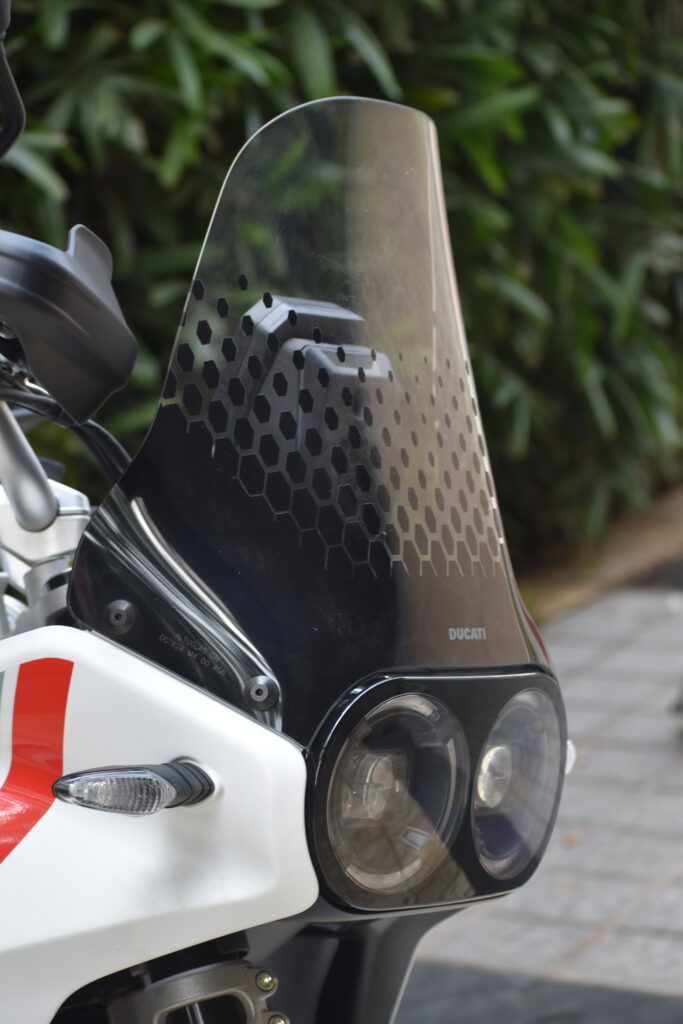
It certainly lacks the punch of the lightweight Monster or the aural drama & aggressive responses of the Hypermotard. Power delivery is quite linear & there’s a good surge above 6,000rpm, but there were also moments where that strong Ducati kick I was expecting just wasn’t there when coming out of corners at about 3,000rpm. Ultimately, it’s a quick motorcycle no doubt, but while still being rather calm & approachable, which will appeal to the wider crowd.
Photos: https://www.instagram.com/manya_surve2?igsh=ZWsyaHU0NmU2czRv

